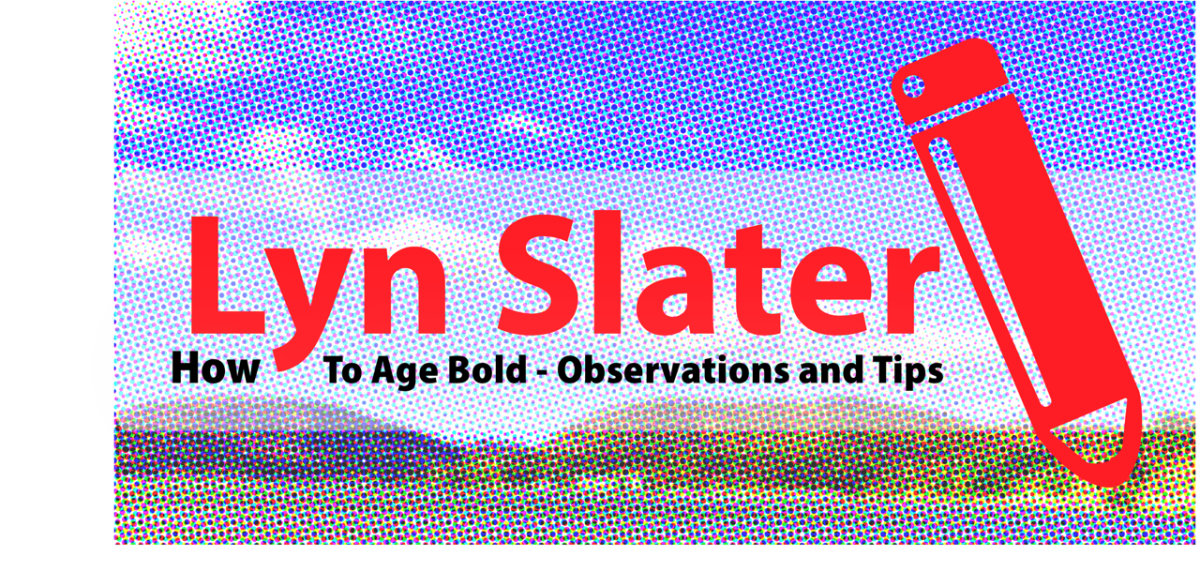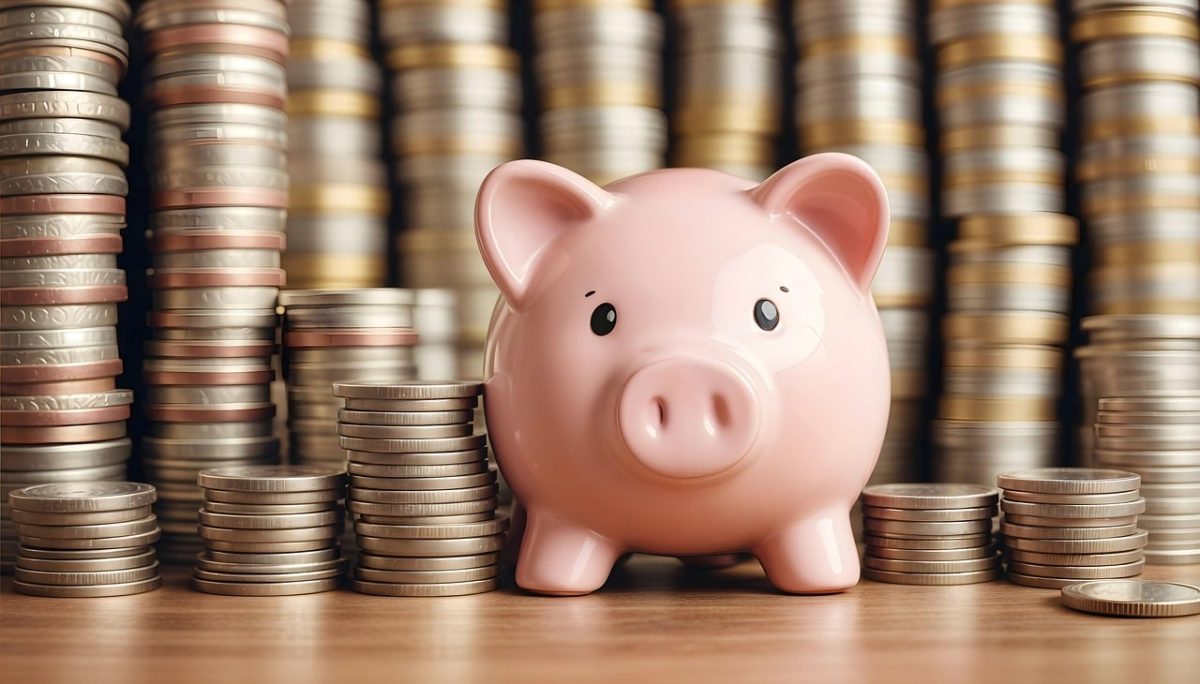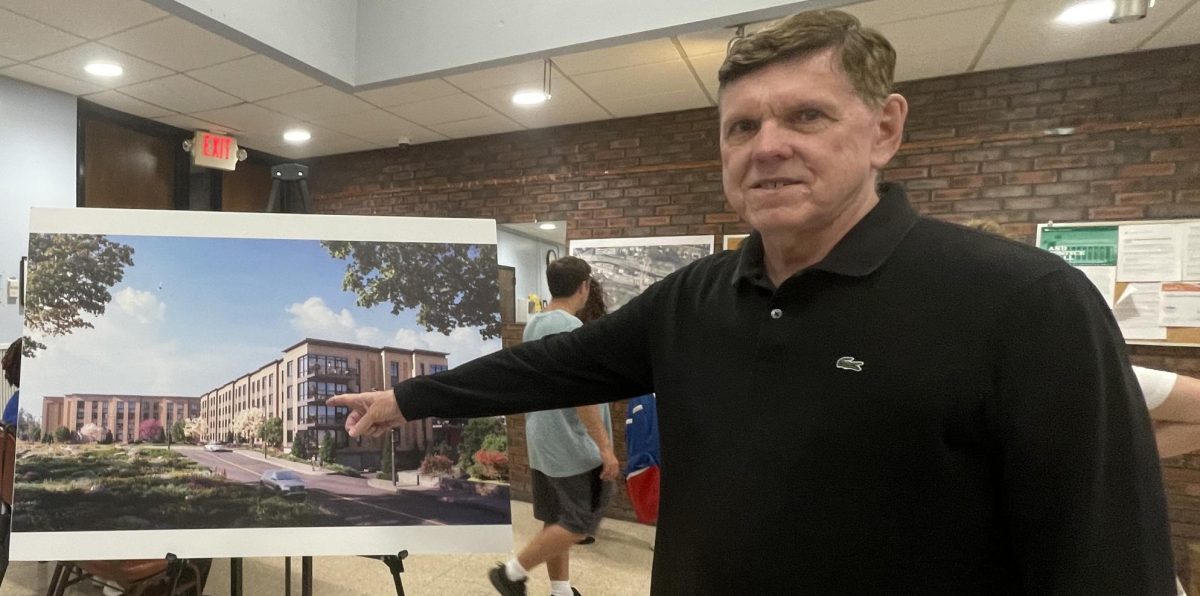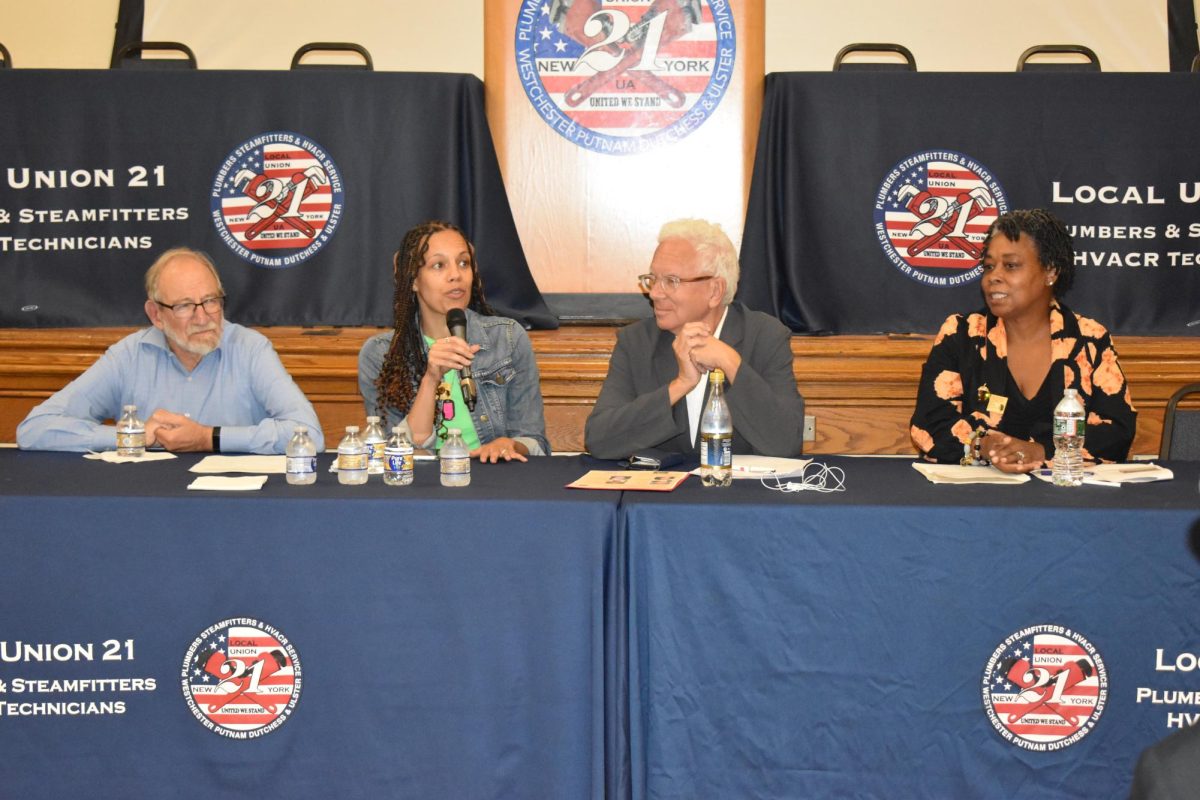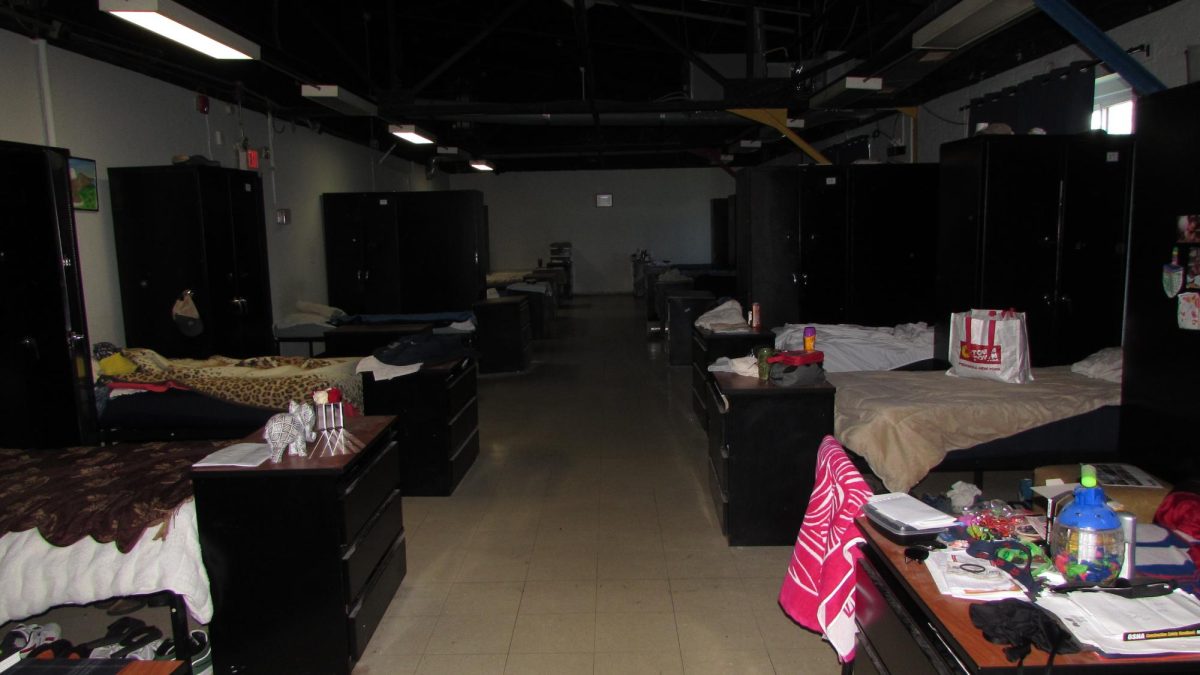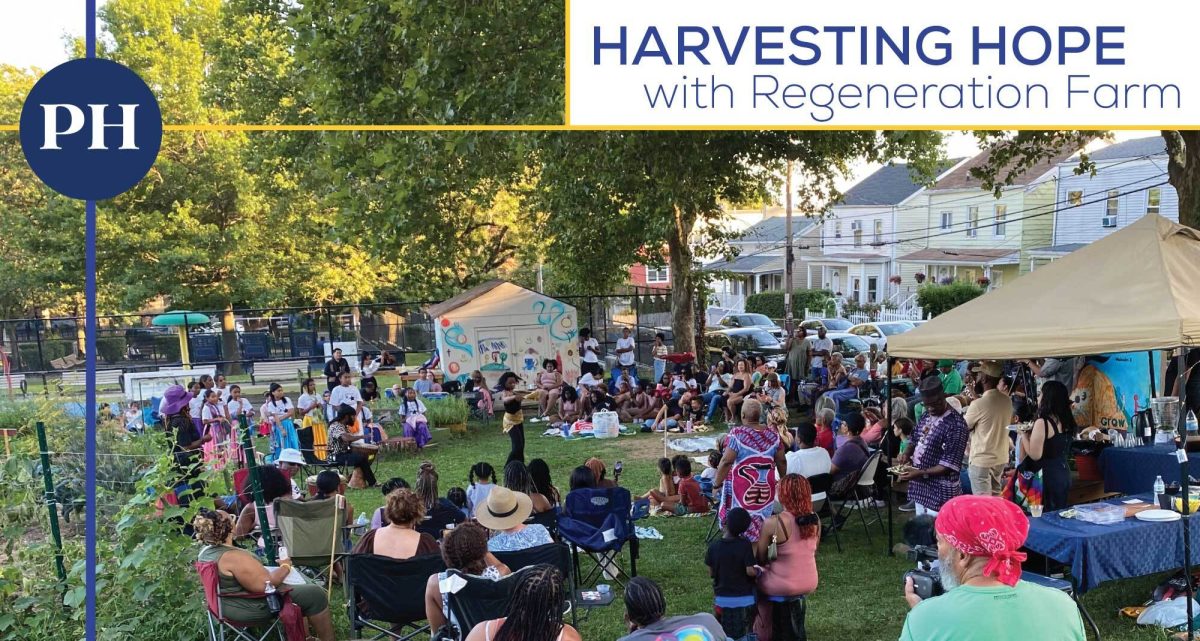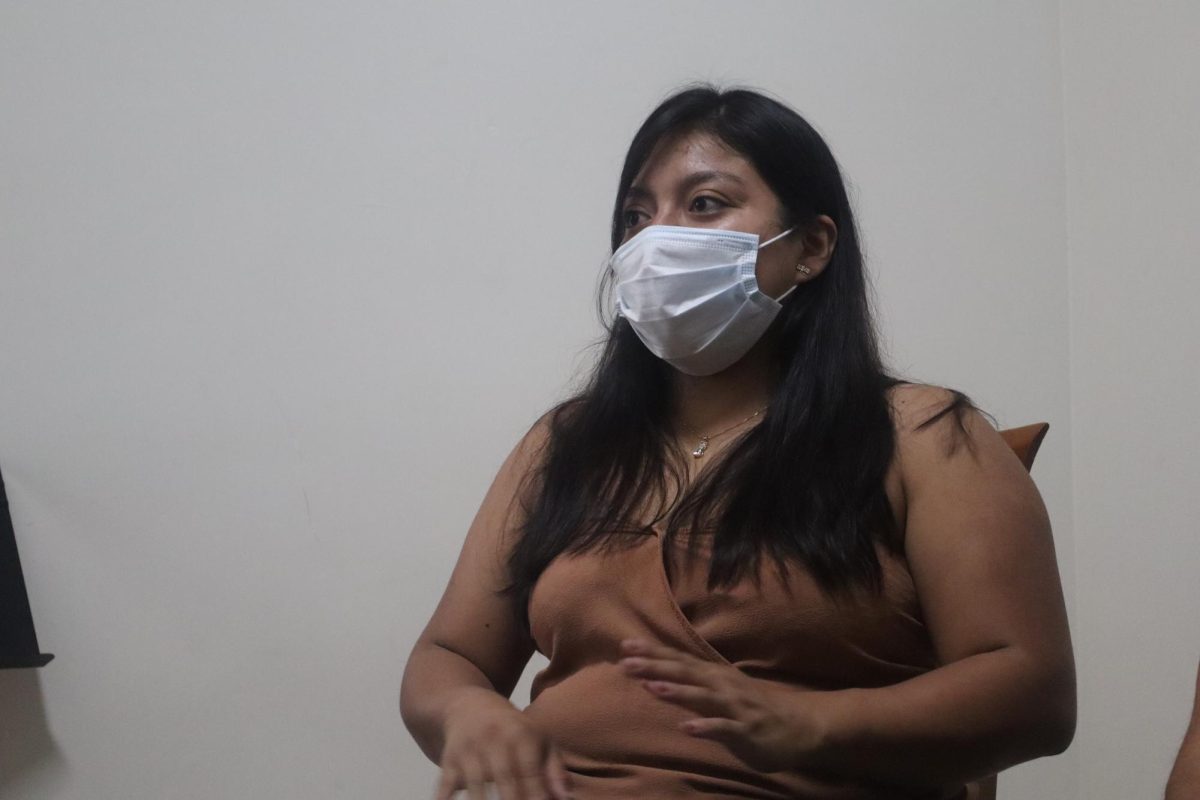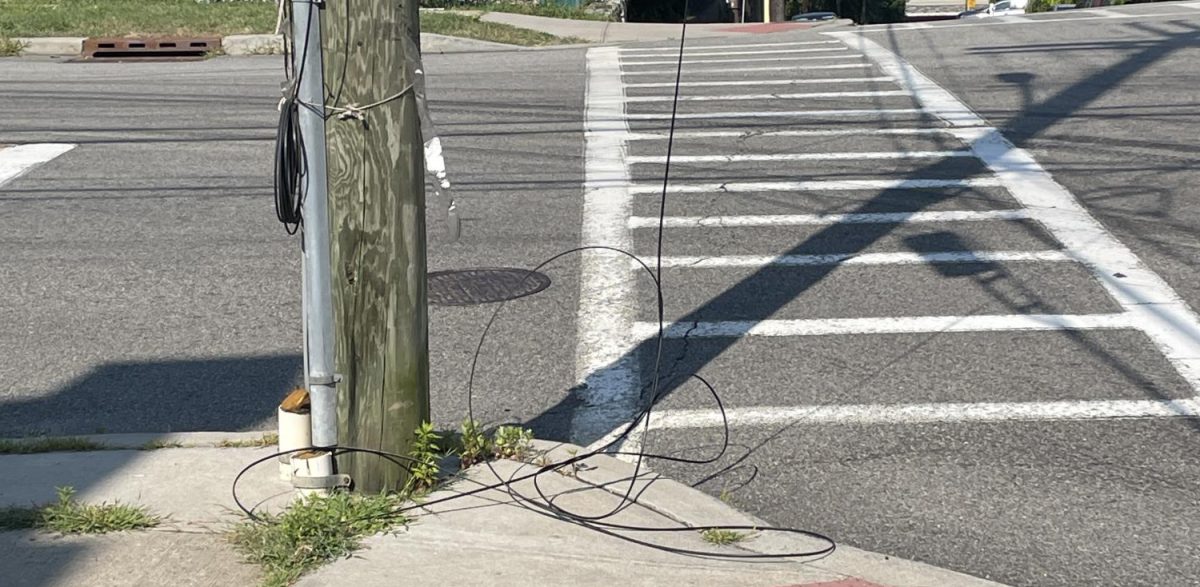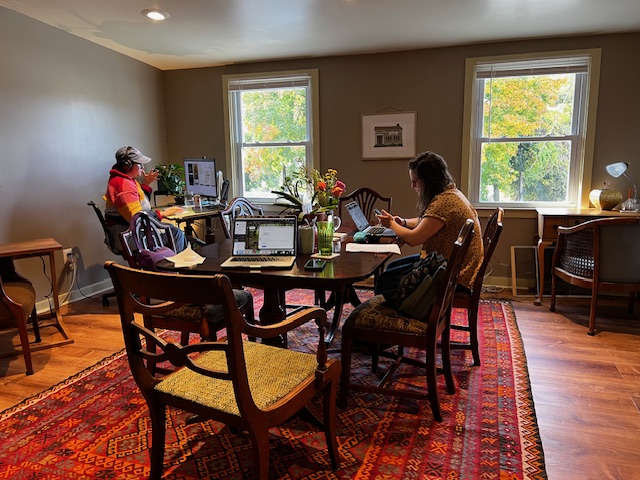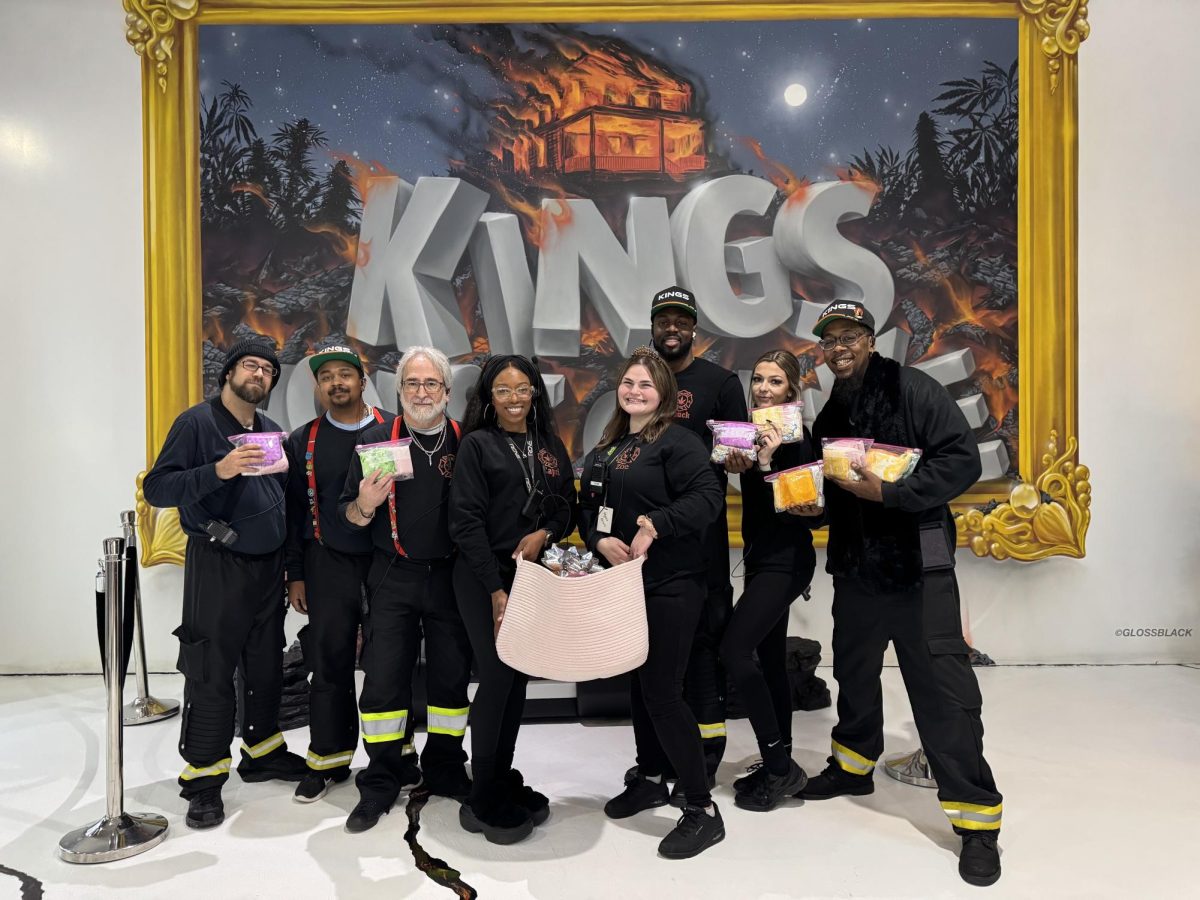This past week I’m struck by how many Peekskill residents are posting pictures of the many flowers and flowering trees that are blooming in our city on Instagram. There is a buzz about the revitalization of Pugsley Park.
Place and Nature: Outside
On my way to NYC the other day, while crossing the bridge high over the train tracks, I turned to the north. Despite the gloomy grey mist that hung over the river and the heavy clouds about to burst open with falling rain, there was a line of trees exploding with white and pink blooms that marched along the edge of the parking lot and made me stop and catch my breath. I felt an immediate lifting of my mood, which had been as somber as the sky. Like my fellow residents, I felt moved to take a photograph. I was also curious about the power and speed of how just being near these blooming trees made me feel happier. How they made me love Peekskill even more.
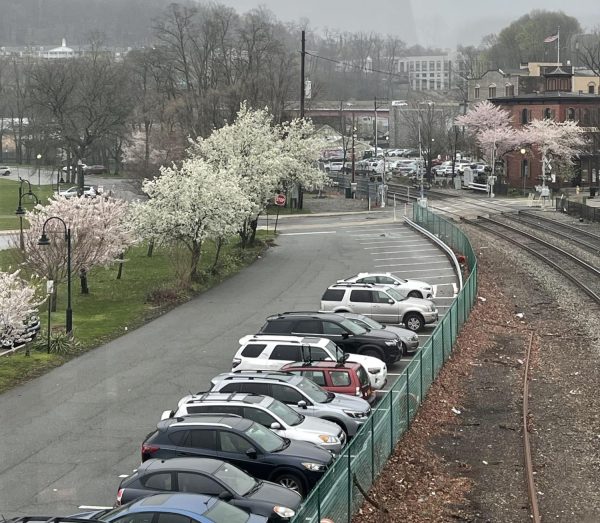
Many studies show that areas with close proximity to nature, particularly flowers, contribute significantly to their livability and high standard of living. Cities with gardens, parks, and trees have happier residents who are more satisfied with their lives. As I delve more into the vast body of literature on this subject, I find studies that imply newborn birth weight may benefit from proximity to green space and trees, especially for lower socioeconomic groups.
Spending time in nature lowers tension, anxiety, and aggression while elevating happy emotions. Not only can being in nature improve your mental state of being, but it also improves your physical health by lowering your heart rate, blood pressure, muscle tension, and the release of stress chemicals.
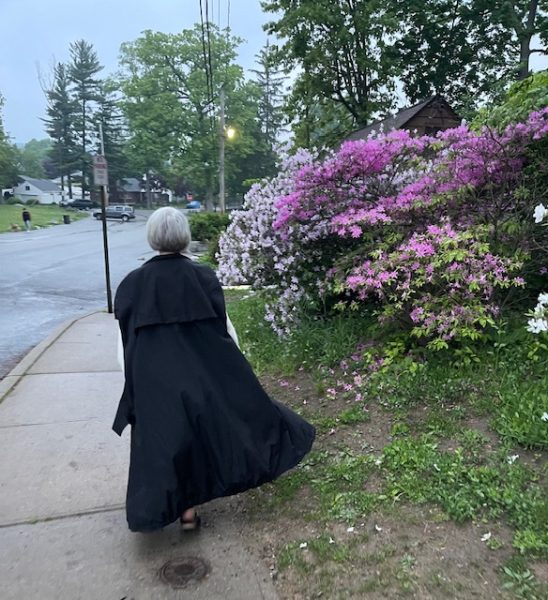
Of special interest to me at age 70 and wanting to age naturally, gracefully and in-place, is the study that found older persons that had nearby parks, tree-lined streets, and space for taking walks showed higher longevity over a 5-year study period. That’s also good news for those who are younger than me but are hoping to live many years here in Peekskill.
Over the three, almost four years I have lived here, I find myself feeling quite attached to Peekskill, more than I have attached to any other place I have lived. Place attachment and meaning are “the person-to-place bonds that evolve through emotional connection, meaning, and understandings of a specific place and/or features of a place.”
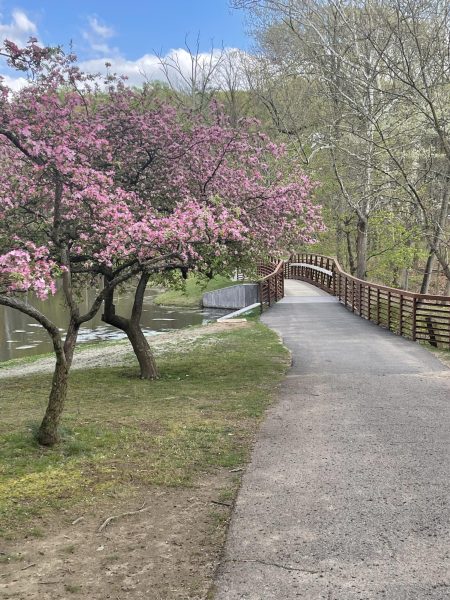
Greener neighborhoods enhance the social environment and foster neighborly bonds, particularly when they feature green common areas. Perhaps Peekskill’s location by a beautiful river, its plentiful parks, nature trails and preserves, its regeneration garden, colorful bunches of flowers and vegetables at the farmer’s market, its designation as a Tree City, or the beautiful plantings around the city and in the yards of my neighbors explain my attachment. Some of it is the flowers, vegetables and herbs that now bloom in my garden and the flowers I keep inside my house all year long.
Place and Nature: Inside
The color of this week’s $3.99 Trader Joe’s bouquet catches my eye. A small treat that brings pleasure all week long. These budget bunches of flowers last longer than ones that cost much more. I’ve often wanted to have regular deliveries of flowers to my house during the winter months, as I love the sight and smell of them. The cost in the scheme of other obligations was prohibitive. I’ve satisfied my desire within the constraints of a now limited income.
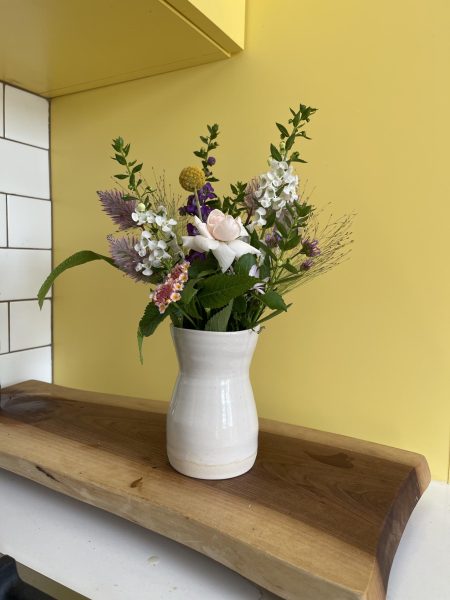
Trader Joe’s gets fresh flower deliveries seven days a week. Each small bunch of blooms conveys a subtle color scheme. This week I choose soft pastel colors. There is pink, white, intermingled with splashes of purple and magenta from supporting players. Somehow when I enter the room and spot them, my spirit soars, my winter mood lifts. Again, I find this mood switch is not just a random occurrence. Researcher Erin Largo-Wight, Ph.D., Associate Professor of the University of North Florida’s Department of Public Health says, “Now it is both intuitive and scientifically known that adding elements of nature, like flowers, to interiors promotes well-being.”
The findings from research conducted at the University of North Florida show that people who lived with flowers in their homes for just a few days reported a significant decrease in their levels of stress, improvements in their moods, and a decrease in feelings of depression.
Research conducted at Rutgers University showed that flowers have “immediate and long-term effects on emotional reactions, mood, social behaviors, and even memory for both males and females.” Rutgers conducted research on the effects of flowers on older persons. In particular, eighty-one percent of the study’s participants reported feeling less depressed after receiving flowers. The survey found that forty percent of older persons had ventured beyond their usual social network of close friends and relatives. Compared to older persons who did not get flowers, 72 percent of the elders who received flowers achieved extremely high scores on memory tests.
In other interiors outside the home, researchers have discovered that patients recovering from surgery who had flowers or plants in their hospital room report better health outcomes and reduced pain, worry, and exhaustion. The established benefits of plants and flowers in the office include increased creativity, inventiveness, and problem-solving skills, which are all derived from a happier and more cheerful atmosphere. Flowers in indoor spaces significantly and meaningfully reduce stress, which is the primary cause of many physical and mental health problems.
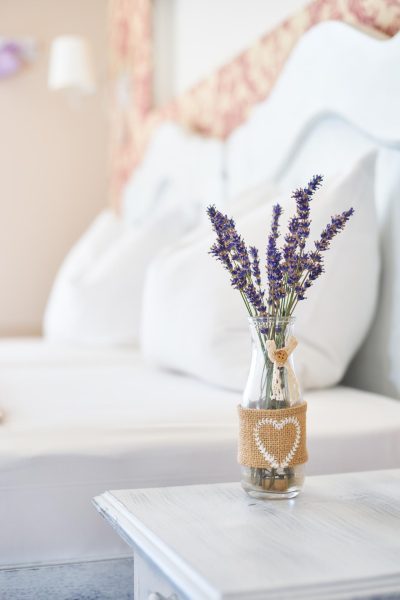
Some researchers observe that fresh floral scents also have a soothing impact. You can improve the quality of your sleep by keeping a vase of lavender next to your bed. Fresh-cut flowers are beneficial not just for mental wellness but also for physical well-being. Their capacity to enhance air quality is one of their most noteworthy advantages. Naturally releasing oxygen and absorbing carbon dioxide, plants can help purify the air in your house. Flowers can improve communication with family and friends and serve as a reminder of the power of giving and receiving.
As I continue my quest for what makes for a slow, sustainable, happy, healthy and financially realistic older life here in Peekskill I’ve come to realize how the nature-based interventions our city is currently engaging in have the potential to not only protect and enhance our health but also offers long-term cost savings through reduced reliance on other more expensive health services.
The act of gardening enhances all the benefits of nature inside and outside. I’m off to get mine ready for planting. If you don’t have space for one, you can still experience the benefits of gardening at the Peekskill Community Garden or the Peekskill Regeneration Farm, at opposite ends of Main Street. Or if you need a lift, just take a walk around your neighborhood this spring and you will find a plethora of daffodils, lilacs, wisteria, tulips, iris, cherry, apple blossoms and more. You’ll return home feeling better than when you left.
To “dig” into the research yourself: Green Cities: Good Health: https://depts.washington.edu/hhwb/Thm_SafeStreets.html
Flower Health Benefits and Research: https://safnow.org/aboutflowers/quick-links/health-benefits-research/


